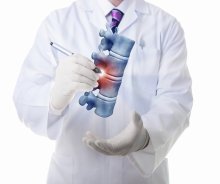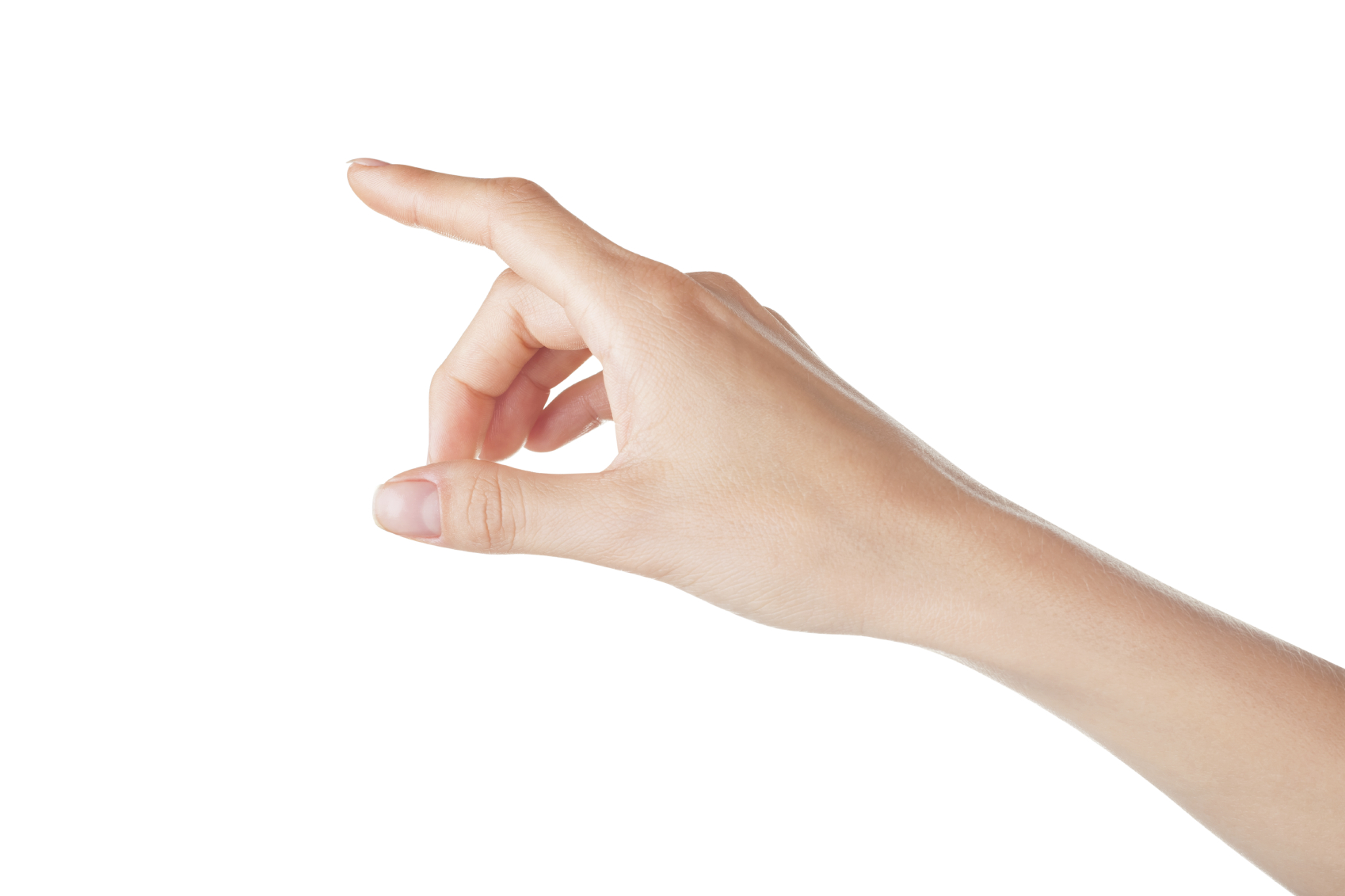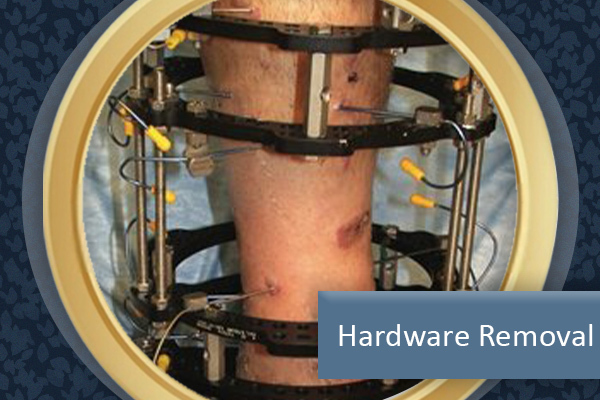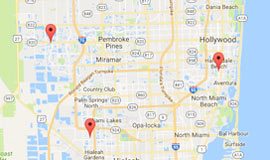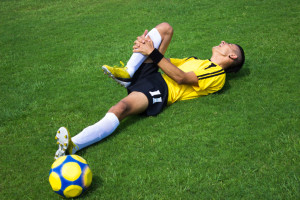 The menisci help distribute the weight of the body evenly across the knee joint. Without menisci, a disproportionate amount of the load could be placed on either the tibia or the femur. Thus the menisci help protect the joint.
The menisci help distribute the weight of the body evenly across the knee joint. Without menisci, a disproportionate amount of the load could be placed on either the tibia or the femur. Thus the menisci help protect the joint.
A major sign that a patient has a torn meniscus is pain and swelling in the knee area. This can happen gradually, as osteoarthritis starts to wear away the cartilage. Meniscal tears also occur in younger people who play sports; in this case, the patient may report hearing a clicking sound, or feel a catch or locking in the knee during motion. In these cases, the patient may feel no pain until he tries to employ the joint in a movement similar to the one that caused the injury.
There are tests to help determine whether the patient has a torn meniscus. One is to check for swelling or tenderness along the joint line. Bending the knee is often painful when there is a torn meniscus. Range of motion is limited with this type of knee injury.
If a patient reports pain when they try to turn over in bed at night, this can be indicative of a torn meniscus. Another sign is pain when the patient attempts to perform a squat.
How to Diagnose and Treat Meniscal Tears
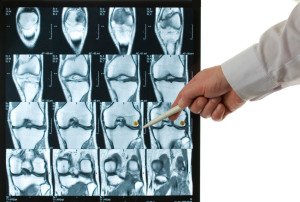 Meniscal tears are slow to heal if left to themselves, but traumatic tears— like the an injury to a football player when he is tackled while the knee is bent— are more likely to result in a movable fragment that catches in the joint and requires surgical treatment. In this case, a torn piece of cartilage may be interferring with normal knee movement.
Meniscal tears are slow to heal if left to themselves, but traumatic tears— like the an injury to a football player when he is tackled while the knee is bent— are more likely to result in a movable fragment that catches in the joint and requires surgical treatment. In this case, a torn piece of cartilage may be interferring with normal knee movement.
Degenerative meniscal tears are more common in older people but are also seen in young people. A degenerative type of injury usually results in a horizontal tear. These arthritis-related tears are less likely to produce the catching or locking sensation of a traumatized knee.
The doctor will perform a physical exam on patients who are suspected of having a meniscal tear, and may order imaging tests (typically done while the patient is in a weight-bearing stance). Because x-rays don’t show soft tissue such as menisci, the doctor may order an MRI.
A meniscal tear may be classified according to location and severity. Surgical decisions can be decided by the patient’s age, activity level, type of tear, related injuries and the potential for complete meniscus tar surgery recovery.
Since the menisci support up to half of the body’s weight in a standing position, it’s important to protect them. Appropriate footwear is crucial, especially for sports such as football. Stretching before practice or a match also can help prevent meniscal tears.
Common Questions about Torn Meniscus Knee Surgery
What is a meniscus tear?
Meniscus tears are common knee injuries caused by a single acute injury, such as a sudden twist or quick turn during sports.
The meniscus is a “shock absorber” that helps cushion and stabilize the knee joint. Degenerative meniscus tears are more likely to occur in older people because the meniscus weakens and wears thin over time.
Am I at risk of meniscus tears?
Over time, the meniscus weakens and wears out, so meniscus tears commonly occur in older patients over 45. However, even younger patients can experience meniscus tears caused by seemingly innocent movements like stumbling or squatting or trauma like twisting the knee while bent.
How would I know if I have a meniscus tear?
Symptoms of a torn meniscus include pain and swelling in the knee area, which can occur gradually over time as osteoarthritis wears away the cartilage.
Patients with torn meniscus can undergo tests to determine whether they have a torn meniscus. The first step is to check for swelling or tenderness along the joint line. Imaging tests, such as an MRI, may be ordered as well.
A meniscal tear can also occur in young people who play sports; they may hear a clicking sound or feel the knee catch or lock when they move. When this happens, a patient may not feel pain until he tries to move the joint similar to what caused the injury.
What happens during torn meniscus knee surgery?
Knee arthroscopy is one of the most commonly performed torn meniscus knee surgery. Our specialists in Florida are adept at performing this surgery.
This procedure involves inserting a miniature camera through a small incision to provide a clear view of the knee. The surgeon then inserts surgical instruments through two or three smaller portals to trim and repair the tear.
What can I expect from a torn meniscus knee surgery?
Our specialists from our Florida locations are trained in performing torn meniscus knee surgery for a wide variety of non-sports-related and sports-related injuries.
Following the doctor’s recommendations after surgery is crucial for allowing the knee to heal properly. Your doctor will develop a rehabilitation plan and prescribe rehabilitation exercises once the initial healing has been completed.
It is important to exercise regularly to regain knee mobility and strength. Your rehabilitation plan will begin with exercises to improve your range of motion and gradually incorporate strengthening exercises.
How long is the recovery time from torn meniscus knee surgery?
With proper diagnosis, treatment, and rehabilitation by our team of specialists in Florida, patients often return to their pre-injury abilities after suffering a meniscus tear.
Patients can often perform rehabilitation at home, but your doctor may recommend a physical therapist. A meniscus repair requires about 3 to 6 months of rehabilitation and healing.




